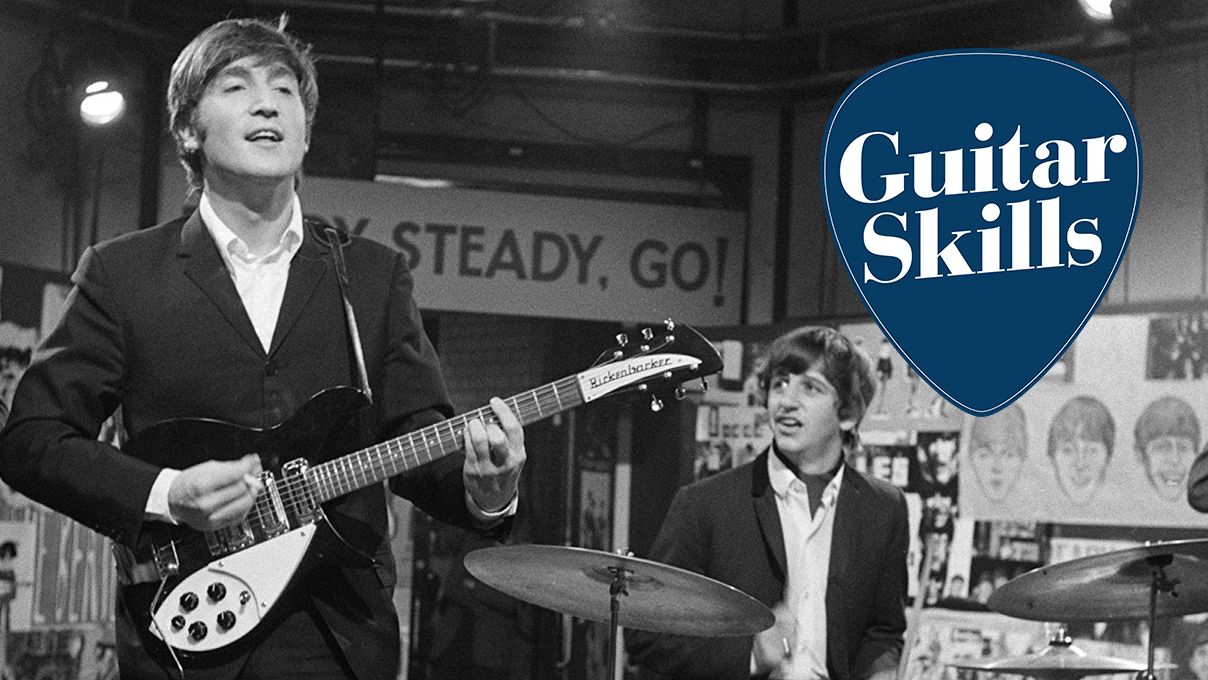
Guitar lessons: As John Lennon once claimed, “Before Elvis, there was nothing.” So it's not surprising that US rock ’n’ roll provided the major influence on his early playing style, as well as rockabilly and skiffle.
His guitar role during The Beatles’ early years was mainly confined to rhythm, laying down solid grooves, establishing harmonic foundations and providing a backdrop for George Harrison’s infectious riffs and carefully crafted solos.
John mainly played electric guitar, but he also played acoustic on both ballads and up-tempo numbers, using simple eighth-note strum patterns copied from early rock ’n’ rollers like Buddy Holly.
The most important part of recreating John’s style is to play aggressively, and to pay attention to the way he uses minor chords, often in major progressions.
Click in top right of tab to enlarge
1. Chuck Berry-influenced soloing
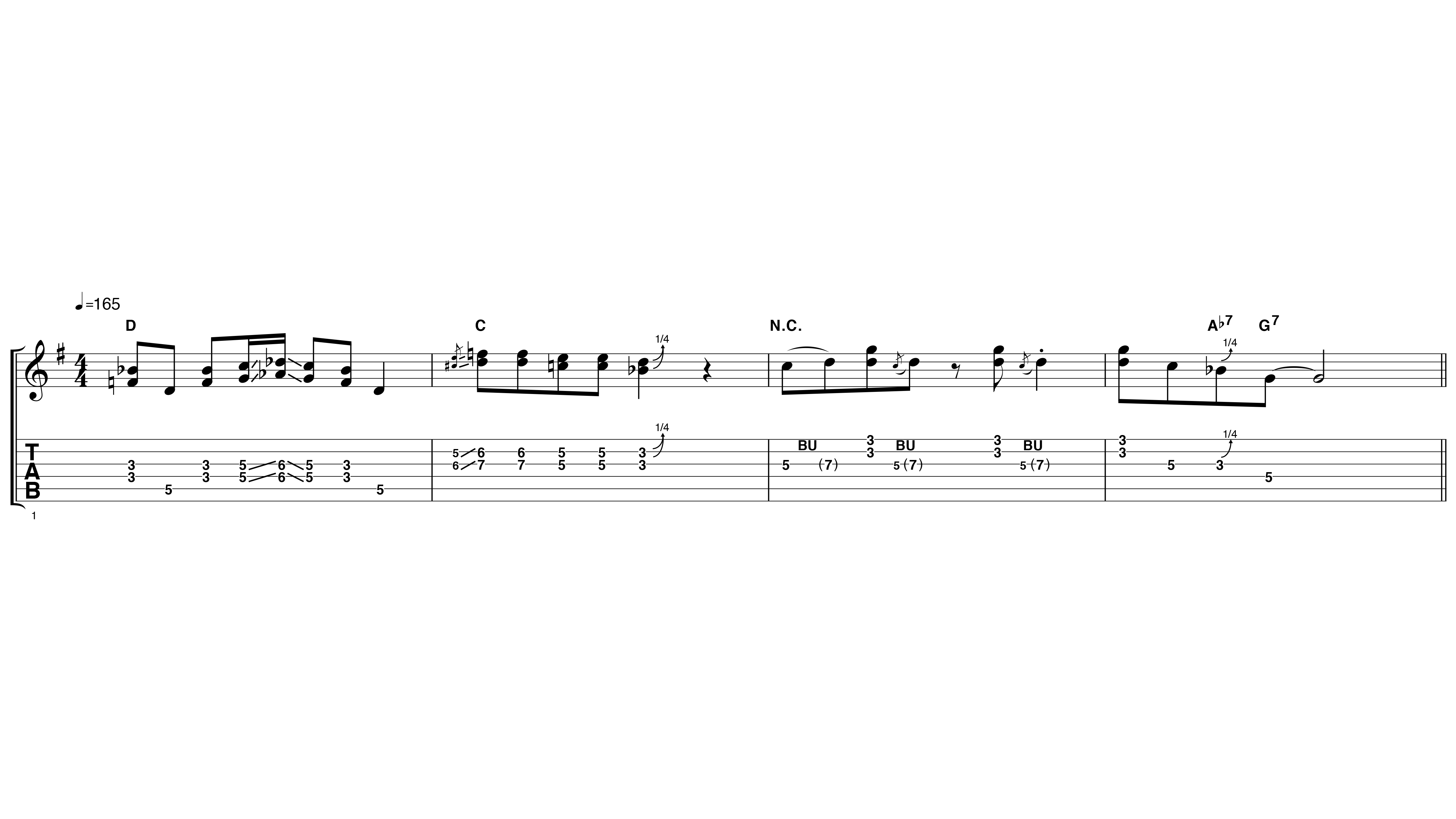
John Lennon didn’t play many solos in the early days of The Beatles. However, one of his best-known solos comes on Long Tall Sally, originally a Little Richard tune.
Our example showcases doublestops (two-note chords) and raucous string bends.
2. Passing chords and a minor IV chord
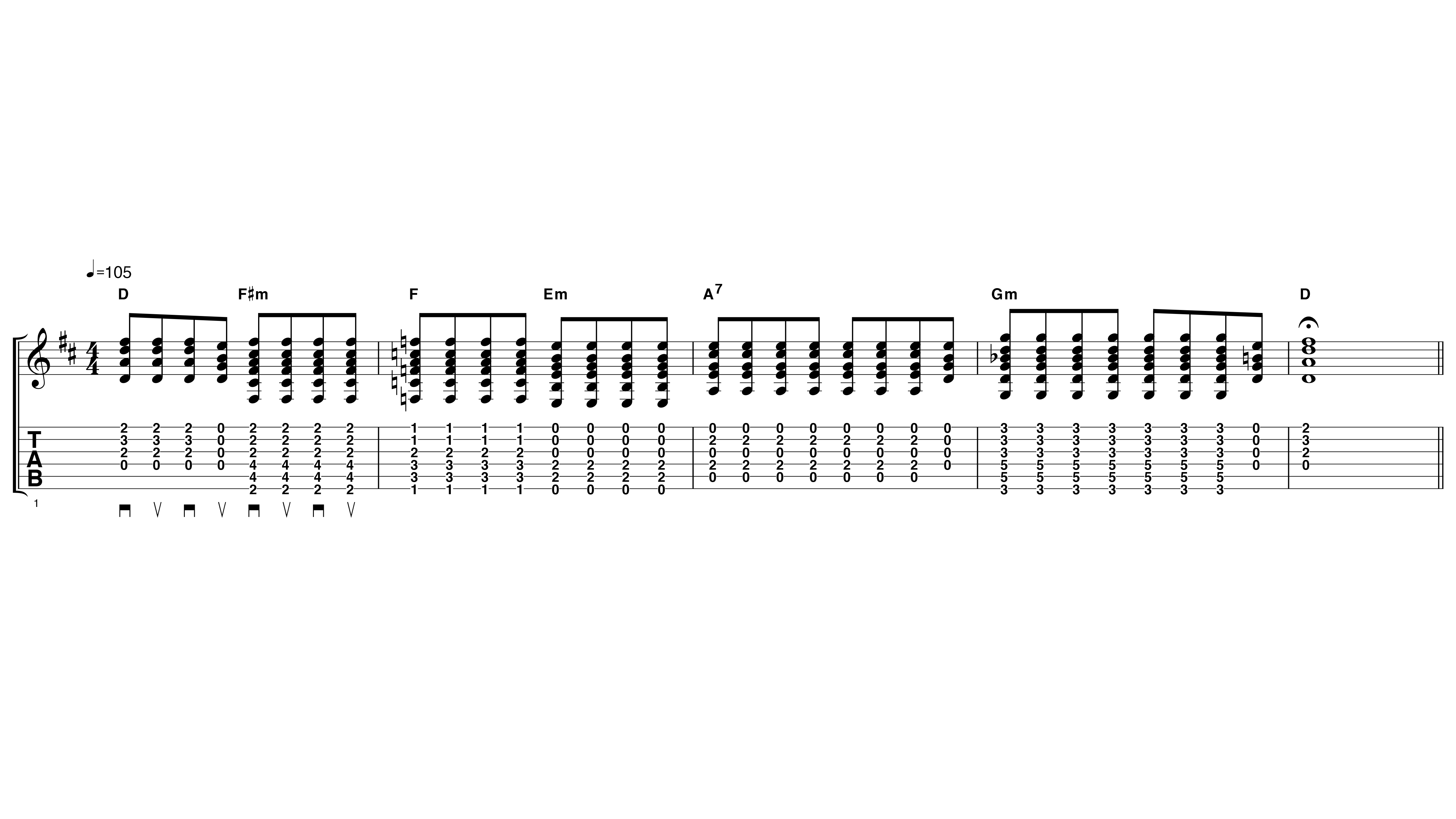
The F and Gm chords are the key to The Beatles-esque style here. The F chord doesn’t belong in the key (D major), but works well as a passing chord between F#m and Em.
In bar 4, the Gm chord (also not from the key signature) provides an unusual resolution back to the root.
3. Muscular R&B electric rhythm style
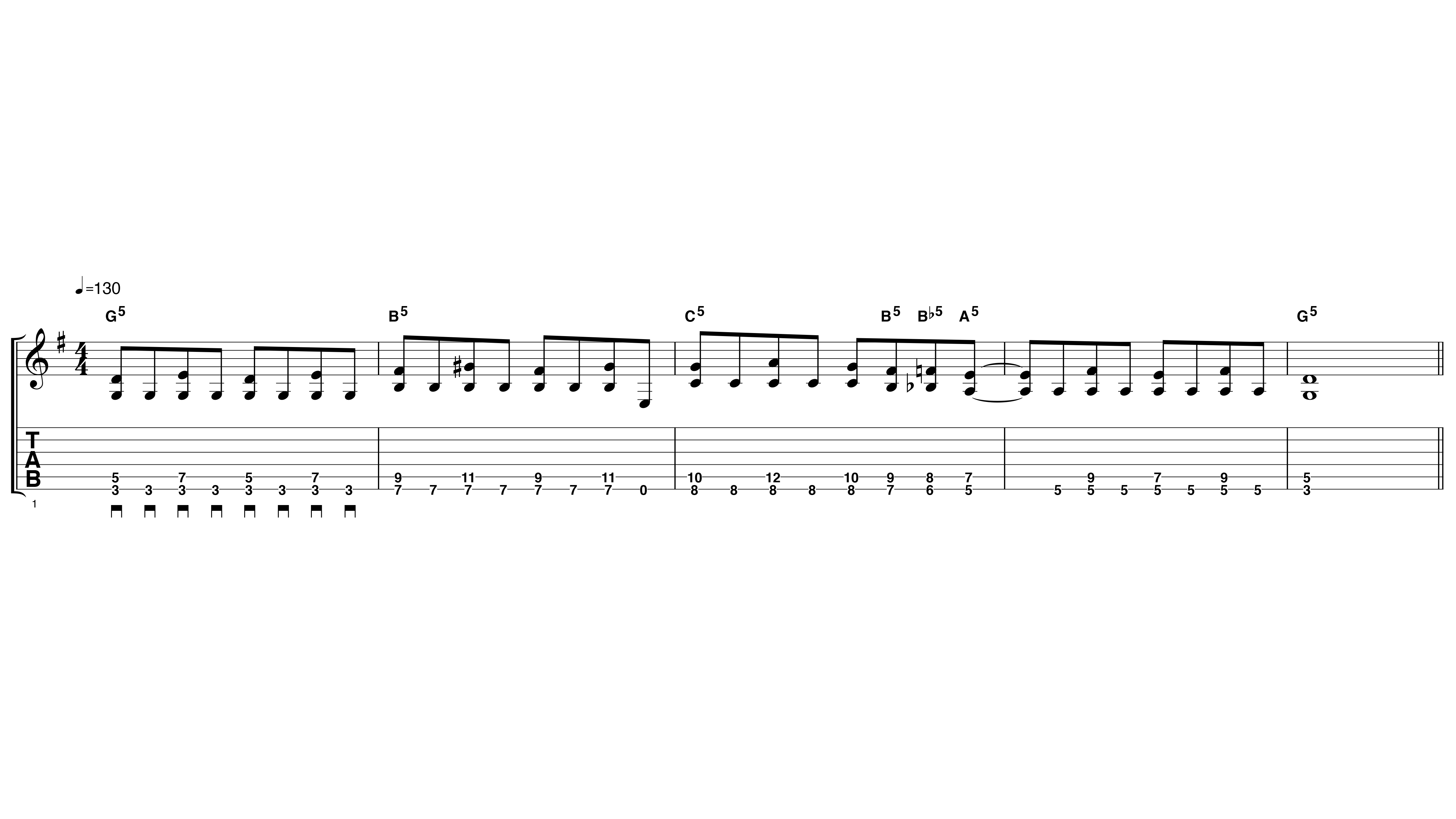
Use down-picking to recreate John’s aggressive electric rhythm style. Play the open sixth string between position shifts to propel the groove along.
Try releasing the pressure off of your fretting hand briefly between strums to introduce that magical ‘bounce’ to your performance.
4. Syncopated barre chords
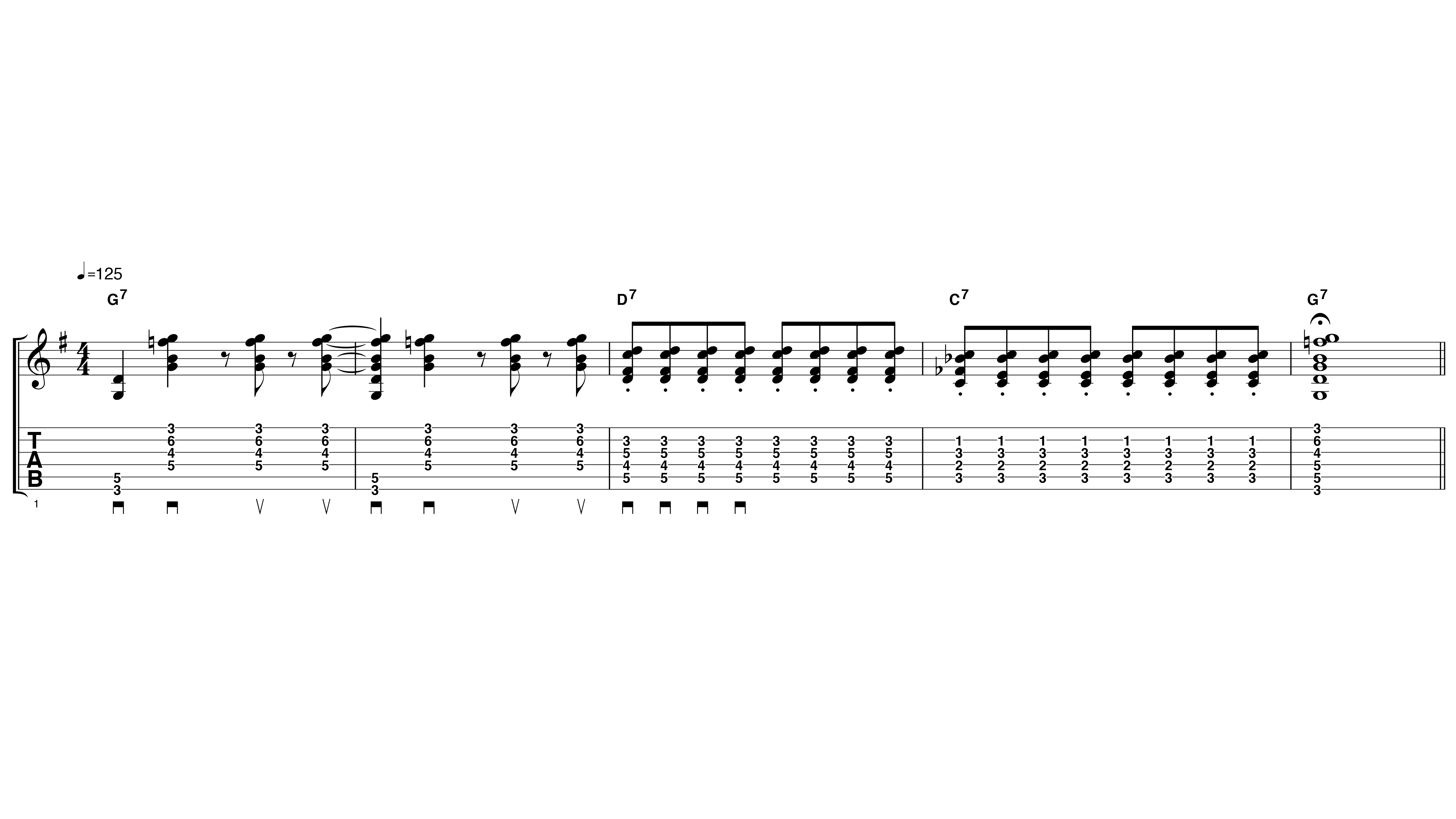
Fret the full six-string barre shape throughout bars 1 and 2, using your pick to sound the low or high notes as indicated.
Release the pressure from your fretting hand to create the eighth-note rests. In bars 3 and 4, switch to down-picking, releasing your fretting hand between strums to create a staccato effect.







